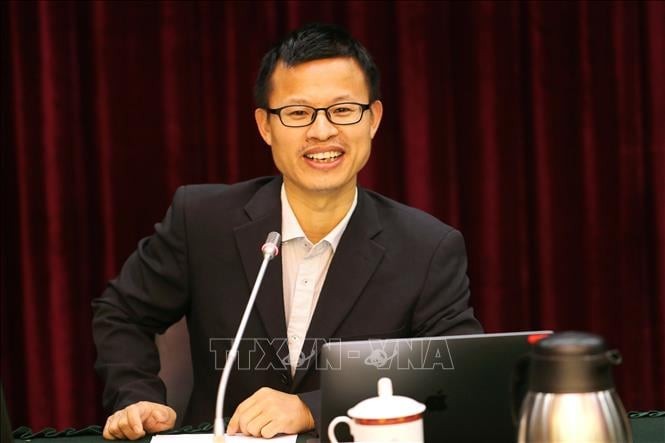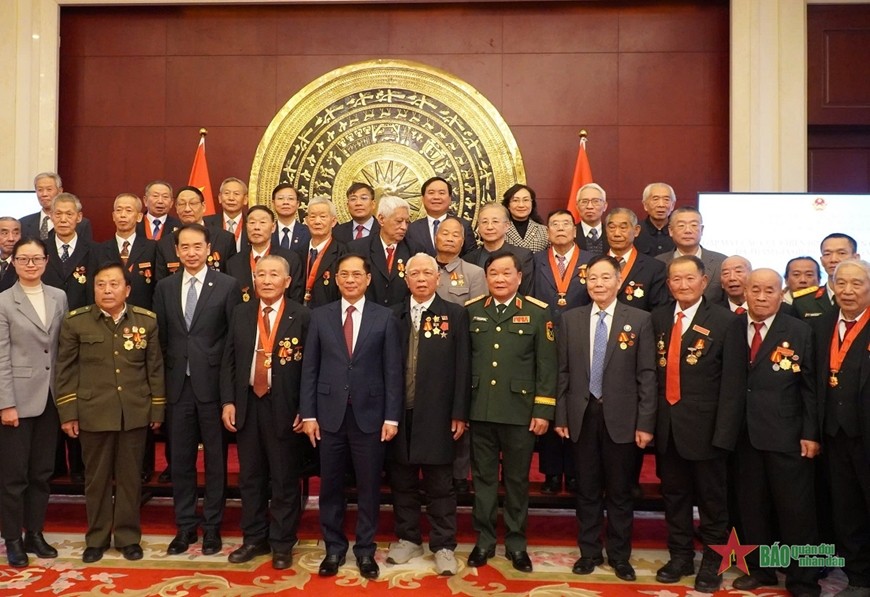US air force spy plane spotted in Chinese airspace
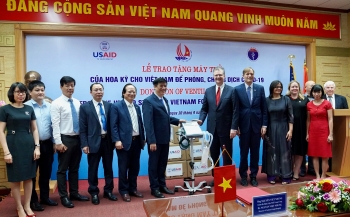 | US, China donate ventilators, masks to Vietnam to respond to COVID-19 On September 30, Ambassador of US, Daniel J.Kritenbrink announced that the US Government, through USAID, is providing 100 American-made respiratory ventilators to Vietnam to further ... |
 | Australia calls for probe into coronavirus, China rejects Australia's foreign minister, Marise Payne, called for an international investigation into the origins and spread of the virus, joining a chorus of concern over how ... |
| As trade truce collapses, US, China scramble to revive a deal The world's top two economies on Thursday (May 9) were due to resume fraught trade talks just as a truce between them verged on collapse, ... |
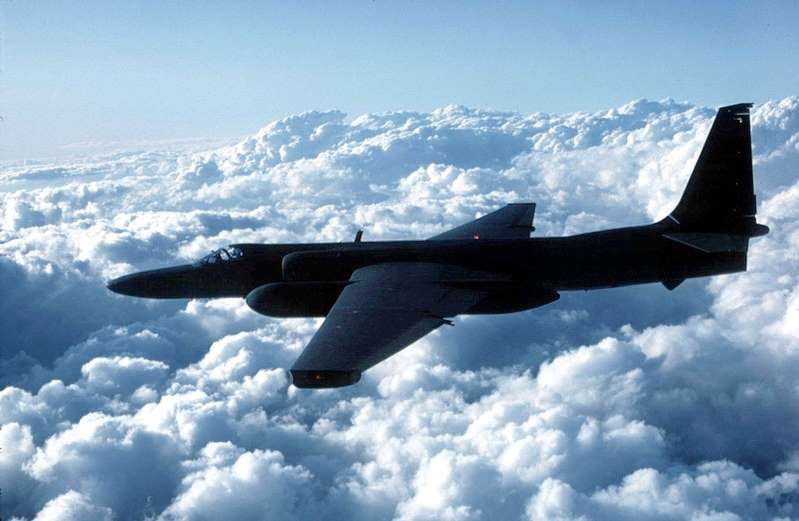 |
| A US Air Force U-2 spy plane. Photo: USAF/Getty Images |
A United States Air Force spy plane came within 51 nautical miles of China's east coast as it passed through Beijing's air defense identification zone (ADIZ) on December 10, flight tracking data showed.
The U-2A reconnaissance aircraft, nicknamed "Dragon Lady," took off from Seoul, the Republic of Korea (RoK), and made a sortie into the Taiwan Strait, according to the South China Sea Probing Initiative, a Beijing think tank.
The Cold War–era Lockheed spy plane traveled the length of the East China Sea ADIZ before turning back roughly 51 nautical miles from the eastern Chinese province of Fujian and about 70 nautical miles off Taiwan's northwest coast.
Data from the think tank suggests it was the closest reconnaissance flight in the Taiwan Strait by an official US military aircraft since October, with Washington keen to ward off any attempts by China to act militarily against the self-ruled island of Taiwan.
Foreign aircraft are expected to notify aviation authorities when entering a country's ADIZ, but the zones, although widely used, are not internationally regulated, according to Newsweek.
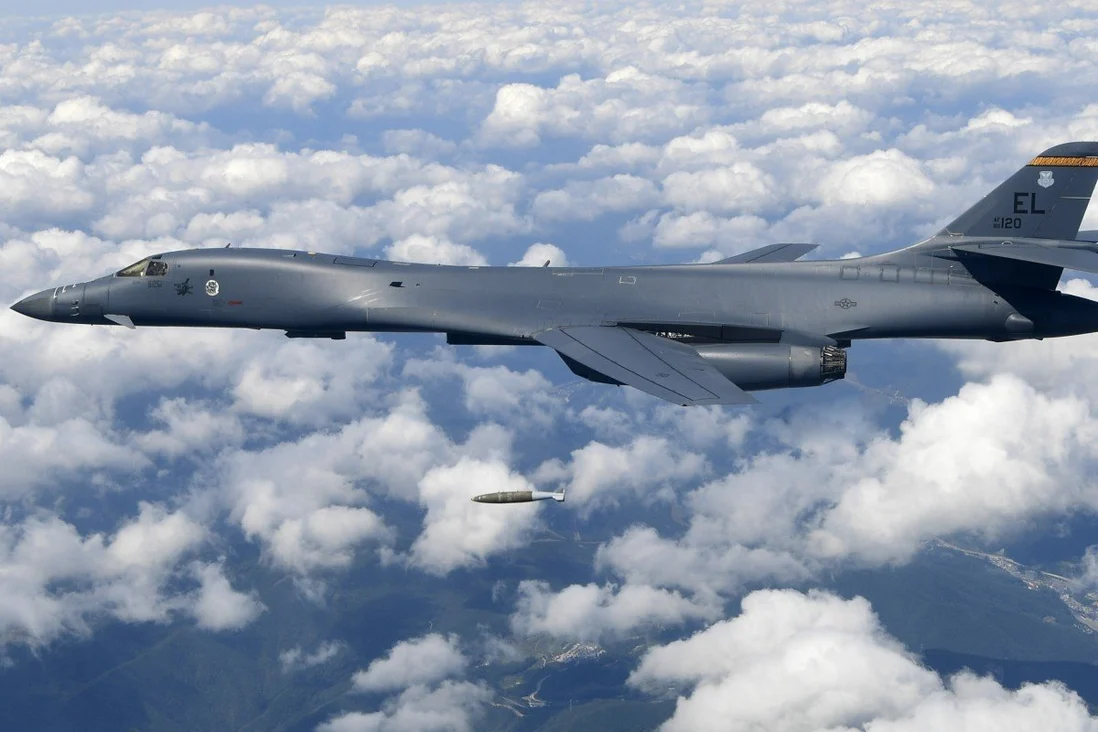 |
| Two US Air Force B-1B bombers entered China’s ADIZ last month, according to an aviation tracking service. Photo: AP |
Last month, the US sent two long-range bombers into China’s air defence identification zone in an apparent show of force, as the Chinese navy conducted a series of simultaneous massive drills.
According to aviation tracker Aircraft Spots, two US Air Force B-1B Lancer bombers left Andersen Air Force Base in Guam and entered China’s ADIZ over the East China Sea.
Aircraft Spots said the bombers were refeulled in flight during the mission.
The B1-B has the biggest payload of any bomber and is a departure from the fighter jets and spy planes the American forces have sent before on missions so close to the Chinese coast.
Such heavy aircraft are not known for being deployed on spying missions, suggesting that the US was sending a blunt warning, according to South China Morning Post.
The US has nearly doubled its number of spy plane missions near China since 2009, the South China Sea Probing Initiative told Newsweek in October. The Air Force is now flying more than 1,500 sorties a year to the South China Sea, while the Navy is recording 1,000 ship days in the region over the same period.
In a November report, the think tank said the US military was disguising its reconnaissance missions by flying civilian aircraft, making more than 160 sorties into the Yellow Sea, as well as the contested waters of the East and South China seas between March and November.
Rising military tension between China and Taiwan
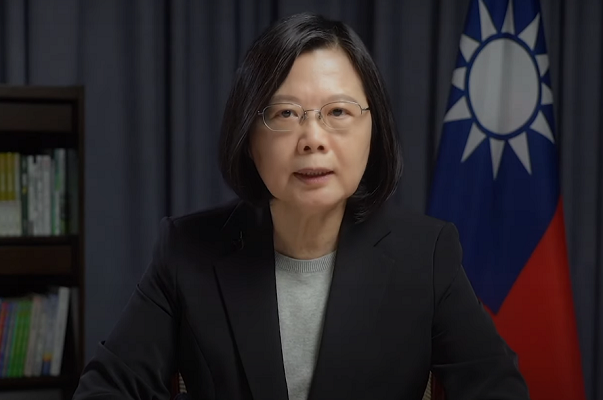 |
| Taiwan's President Tsai Ing-wen. Photo: taiwannews |
The increased activity comes at a time of rising military tension between China and Taiwan, which Beijing claims is a breakaway province destined one day to be reunited with the mainland.
But Taiwan, under the leadership of President Tsai Ing-wen, has slipped further away from Beijing's influence. A decreasing minority of residents still identify as "Chinese" over "Taiwanese," according to a survey conducted this summer by National Chengchi University's Election Study Center in Taipei.
Democratic Taiwan's new-found confidence has been aided by the US, particularly since 2016, when Tsai took office and President Donald Trump was elected, Newsweek said.
Since Tsai won re-election in January this year, Beijing has responded with anger and condemnation as the Trump administration approved defensive arms sales to Taiwan—11 packages in total since Trump's inauguration in 2017—and then sanctioned two U.S. cabinet-level visits to Taipei in August and September.
While PLA aerial and naval drills in the Taiwan Strait have been ongoing for several months, by October Chinese warplanes had already broken the record for the most incursions into Taiwanese airspace since 1990, the island's defense minister said at the time.
Last Friday, the US Defense Security Cooperation Agency revealed in its annual report that Taipei was the largest recipient of foreign military sales in the 2020 fiscal year, purchasing some $11.8 billion of goods.
President Tsai and her foreign affairs ministry have expressed confidence that similar support will continue under President-elect Joe Biden and his cabinet.
During the latter's four years in office, the US approved more arms sales to the island nation than during Obama's eight years and passed several significant pro-Taiwan bills. The US also stepped up naval “freedom of navigation” operations in the Taiwan Strait, allowed two senior Cabinet members to visit Taiwan, and took the most aggressive tack in decades toward China in the areas of technology, trade, and human rights.
As a result, Taiwanese stood out in Asia because of their preference for Trump during the American elections, according to a YouGov poll. Taiwanese officials, however, have publicly expressed optimism that bilateral ties will continue largely unchanged, according to Taiwan News./.
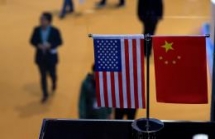 | China, US to have trade dialogues in October China and the US will meet and hold high – level trade dialogues in October in Washington as the Chinese commerce ministry’s announcement on Thursday. |
| China, US additional tariffs on each other's goods begin today China and the United States will begin imposing additional tariffs on each other's goods on Sep.1, the latest escalation in a bruising trade war. |
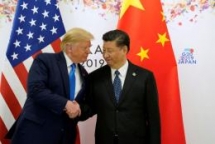 | China, US to restart trade talks as Trump says 'back on track' The United States and China have agreed to restart trade talks and Washington will not level new tariffs on Chinese exports, China’s official Xinhua news ... |
Recommended
 World
World
India strikes back at terrorists with Operation Sindoor
 World
World
India sending Holy Relics of Lord Buddha to Vietnam a special gesture, has generated tremendous spiritual faith: Kiren Rijiju
 World
World
Why the India-US Sonobuoy Co-Production Agreement Matters
 World
World
Vietnam’s 50-year Reunification Celebration Garners Argentine Press’s Attention
Popular article
 World
World
"Will continue offering our full support to Indian govt": US FBI Director after Pahalgam attack
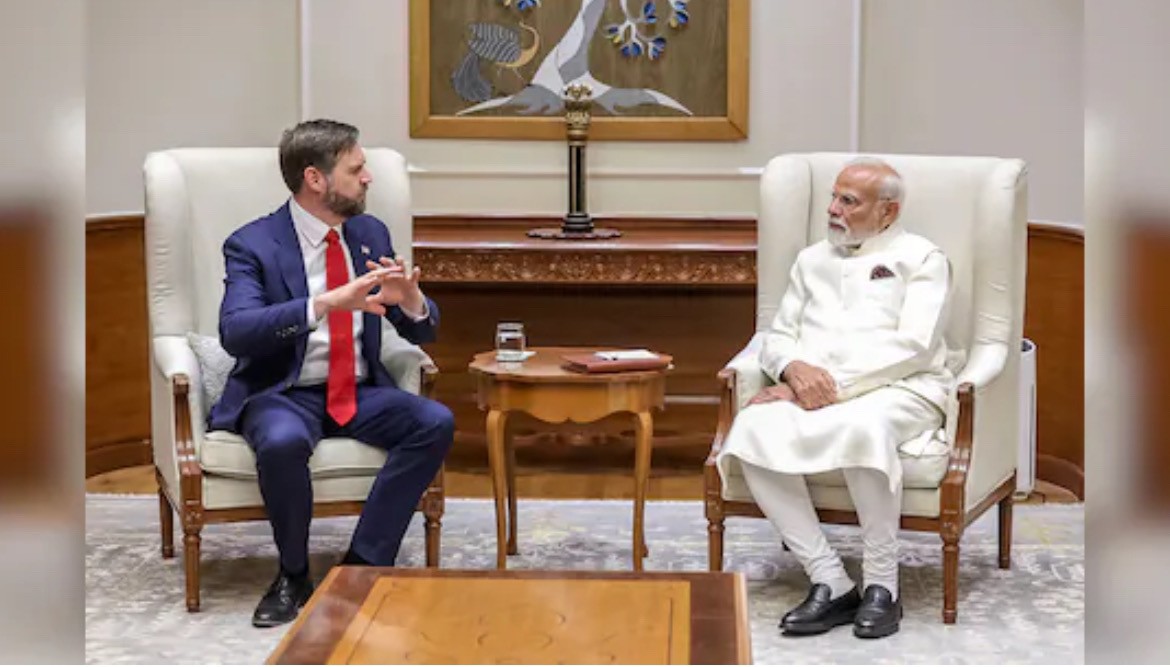 World
World
"Great Leader": JD Vance Lauds PM Modi During His India Visit
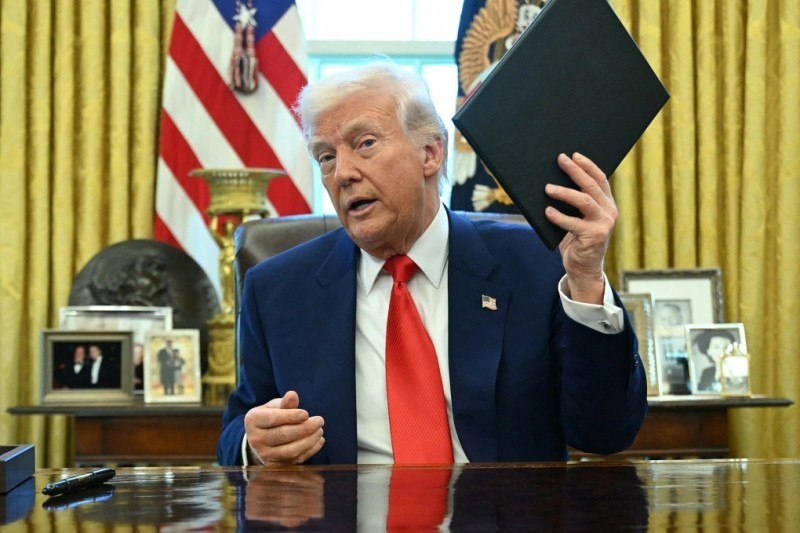 World
World
Trump’s Tariff Pause: A Strategic Move from “The Art of the Deal”?
 World
World





